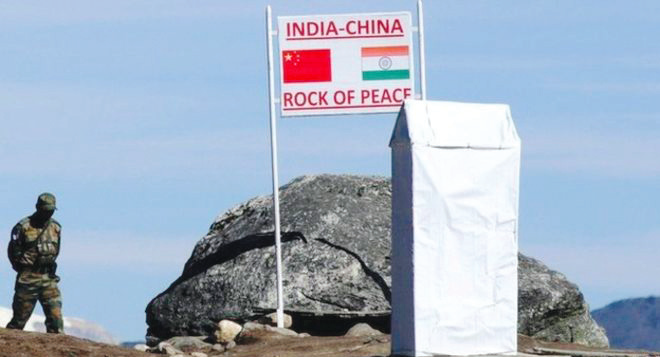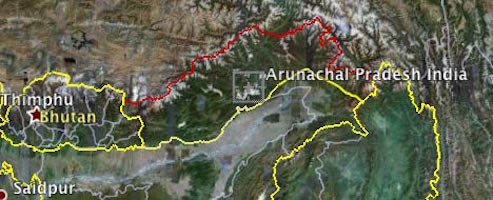
Both sides are not willing to budge from their positions. Flag meetings between the rival commanders have not worked. India has made it clear that it will not allow China to construct a motorable road till the tri-junction through the Bhutanese territory
FACE-OFF
- Two rival armies deployed around 3,000 troops each in a virtually eyeball-toeyeball confrontation
- ? Bhutan, too, has issued a demarche to China over the construction of the road
- ? Flag meetings and other talks between the rival commanders have not worked till now
NEW DELHI (TIP): The ongoing troop face-off between India and China on the Sikkim-Bhutan-Tibet tri-junction has emerged as the biggest such confrontation in the region in decades, with both sides continuing to pump in reinforcements to the remote border region.
Even as Army chief General Bipin Rawat reviewed the ground situation by visiting the headquarters of the 17 Mountain Division in Gangtok and 27 Mountain Division in Kalimpong on June 29 (Thursday), sources said the two rival armies had strengthened their positions at the tri-junction by deploying around 3,000 troops each in a virtually eyeballto- eyeball confrontation.
The Indian Army, on its part, refused to say anything. But sources said though there had been other troop standoffs at the tri-junction over the years, the latest one at the Doka La general area was clearly the most serious.
“Both sides are as yet not willing to budge from their positions. Flag meetings and other talks between the rival commanders have not worked till now,” a source said.
During his visit, General Rawat especially concentrated on the deployments of the 17 Division, which is responsible for the defense of eastern Sikkim with four brigades (each with over 3,000 soldiers) under its command.
“All top officers, including the 33 Corps and 17 Division commanders, were present during the extensive discussions. Undeterred by Beijing’s aggressive posturing, India has made it clear that it will not allow China to construct a motorable road till the tri-junction through the Bhutanese territory of Doklam plateau.
Bhutan, too, has issued a demarche to China over the construction of the road towards its army camp at Zomplri in the Doklam plateau, asking Beijing to restore status quo by stopping work immediately.
“China is trying to build a ‘Class-40 road’ in the Doklam plateau that can take the weight of military vehicles weighing up to 40 tones, which include light battle tanks, artillery guns and the like,” the source said.
Interestingly, the People’s Liberation Army declared in Beijing on Thursday that it had conducted trials of a new 35-tonne tank in the plains of Tibet, though it added that “it was not targeted against any country”. The Indian defense establishment is concerned at the “creeping territorial aggression” by China, which aims to progressively swallow the 269 sq km Doklam plateau to add “strategic width” to its adjoining but narrow Chumbi Valley, which juts in between Sikkim and Bhutan.
China has also been pushing Bhutan hard for the last two decades to go in for a “package deal”.
Under it, Beijing wants Thimphu to cede control over Doklam plateau, while it surrenders claims to the 495 sq km of territory in Jakurlung and Pasamlung valleys in northern Bhutan.
But India is militarily “very sensitive” about the Doklam plateau, especially the Zomplri Ridge area because it overlooks the strategically-vulnerable Siliguri corridor or the ‘Chicken’s Neck’ area.
India has progressively strengthened its defenses in the Siliguri corridor, the narrow strip of land that connects the rest of India with its north-eastern states, to stem any Chinese ingress. “But it remains a geographical vulnerability. China has constructed several feeder roads from Tibet to the border with Bhutan, and is also trying to extend its railway line in the region,” the source said. Source: TOI





Be the first to comment